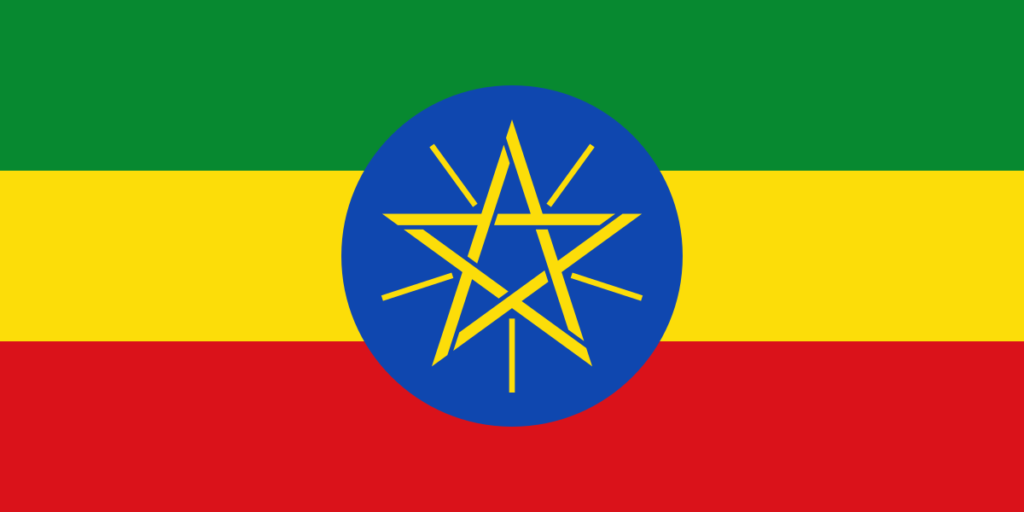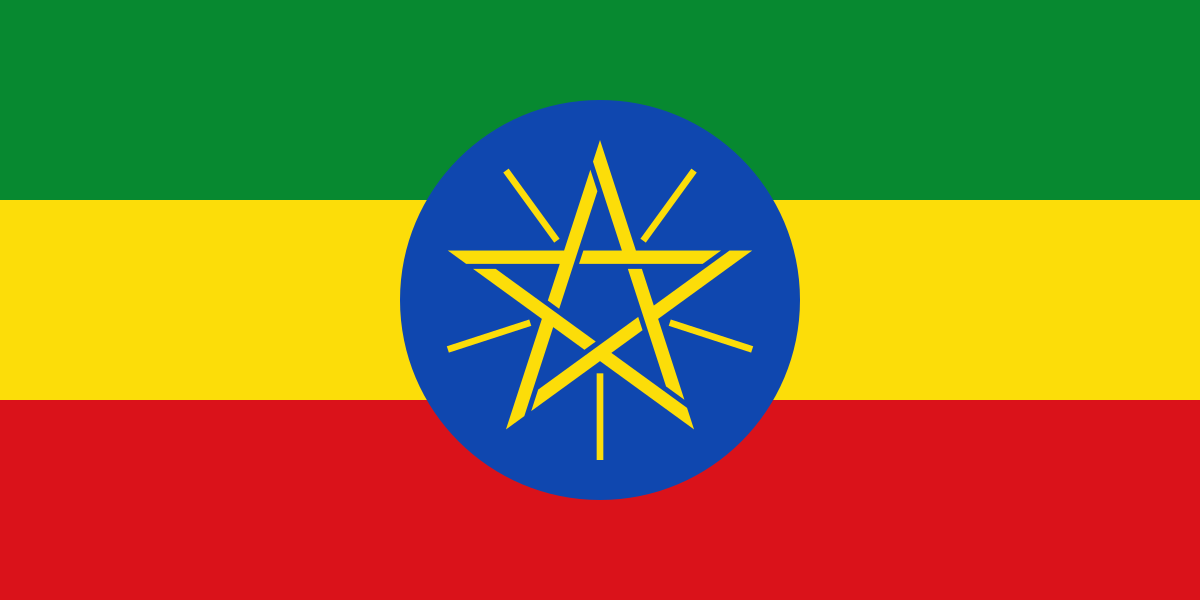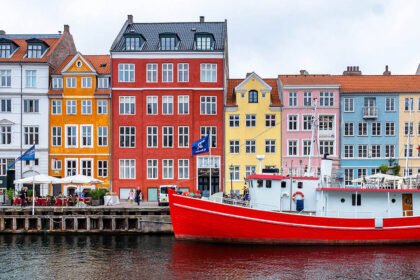
Ethiopia, often referred to as the “Cradle of Civilization,” is a country of immense historical significance, breathtaking landscapes, and vibrant culture. Located in the Horn of Africa, Ethiopia is a land where ancient traditions blend seamlessly with modern life. From its historic sites to its diverse ecosystems and rich cultural heritage, Ethiopia offers an unparalleled travel experience. This article provides an overview of Ethiopia, covering its history, culture, top destinations, and practical travel tips.
1. A Glimpse into Ethiopia’s History
Ethiopia’s history is among the most ancient in the world, with deep roots in both African and world history.
- Ancient Kingdoms: Ethiopia is home to some of the oldest known human ancestors, with archaeological finds like Lucy (Australopithecus afarensis) dating back over 3 million years. The ancient kingdom of Aksum, which emerged around the 1st century AD, was a major trading empire and one of the great civilizations of the ancient world. The Aksumite kingdom is also credited with the adoption of Christianity in the 4th century, making Ethiopia one of the first Christian nations.
- Medieval and Early Modern Periods: During the medieval period, Ethiopia saw the rise of several powerful dynasties, most notably the Zagwe Dynasty, which built the famous rock-hewn churches of Lalibela. The Solomonic Dynasty claimed descent from the biblical King Solomon and the Queen of Sheba, establishing a long line of emperors that ruled Ethiopia for centuries.
- Modern History: In the 20th century, Ethiopia gained global attention under the leadership of Emperor Haile Selassie, who modernized the country and played a key role in the establishment of the African Union. Ethiopia was one of the few African nations never to be colonized, preserving its sovereignty even during the scramble for Africa. However, the country has faced challenges, including periods of political turmoil, drought, and conflict.
2. Ethiopian Culture and Traditions
Ethiopia’s culture is as diverse as its landscape, with a rich tapestry of languages, religions, and traditions.
- Language: Ethiopia is a multilingual nation, with over 80 different ethnic groups. The official language is Amharic, but other widely spoken languages include Oromo, Tigrinya, and Somali. English is also commonly spoken, especially in urban areas and among educated populations.
- Religion: Ethiopia is deeply religious, with Christianity and Islam being the predominant faiths. The Ethiopian Orthodox Church is one of the oldest Christian denominations in the world, with unique traditions and practices that have been preserved for centuries. Islam is also widely practiced, particularly in the eastern and southern regions.
- Art and Music: Ethiopian art and music are vibrant and deeply rooted in the country’s history and spirituality. Traditional Ethiopian music features a distinct pentatonic scale, and instruments like the masenqo (a one-stringed fiddle) and the krar (a lyre) are commonly used. Ethiopian Orthodox religious art, characterized by its vivid colors and distinctive style, is an integral part of the country’s cultural heritage.
- Cuisine: Ethiopian cuisine is unique and flavorful, with injera (a sourdough flatbread) serving as the staple. Injera is typically served with a variety of stews, known as wat, made from lentils, vegetables, and meats, often seasoned with berbere (a spice blend). Coffee also plays a central role in Ethiopian culture, with the traditional coffee ceremony being a symbol of hospitality.
3. Currency and Practical Information
The official currency of Ethiopia is the Ethiopian Birr (ETB). ATMs are widely available in major cities, but it’s advisable to carry cash, especially when traveling to rural areas.
Travel Smarter, Pack Better

Experience a carry-on built for travelers who value durability and sleek design. Its hard-shell exterior keeps your belongings protected wherever you go.
Move through airports with ease thanks to smooth 360° spinner wheels and a lightweight frame. Every detail is crafted to make travel feel effortless.
With smart interior compartments, this suitcase helps you stay organized on weekend trips or long adventures. Reliable, stylish, and ready for every journey.
4. Best Time to Visit Ethiopia
Ethiopia’s diverse geography means that the climate varies greatly across the country, but the most popular times to visit are during the dry seasons.
- Highlands (October to March): The highlands, including Addis Ababa and Lalibela, are best visited during the dry season from October to March, when the weather is cooler and clearer, ideal for exploring the historical sites and enjoying the landscapes.
- Lowlands (December to February): For those interested in visiting the Danakil Depression or the Omo Valley, the cooler months from December to February are recommended, as temperatures can be extreme in these regions during other times of the year.
5. Top 5 Destinations in Ethiopia
Ethiopia offers a wealth of destinations, each offering a unique glimpse into the country’s rich heritage and natural beauty.
1. Addis Ababa
The capital city, Addis Ababa, is the political and cultural heart of Ethiopia. Key attractions include the National Museum of Ethiopia, where you can see the remains of Lucy, the Holy Trinity Cathedral, and Merkato, one of the largest open-air markets in Africa. The city is also the headquarters of the African Union.
2. Lalibela
Lalibela is famous for its rock-hewn churches, which are a UNESCO World Heritage site. These 11 medieval monolithic churches were carved out of rock and are still in use today. Lalibela is a place of pilgrimage and is often referred to as the “New Jerusalem.”
3. Aksum
Aksum, the ancient capital of the Aksumite Empire, is home to towering obelisks, ancient tombs, and the legendary Church of St. Mary of Zion, where it is believed that the Ark of the Covenant resides. Aksum is one of the most important archaeological sites in sub-Saharan Africa.
4. Simien Mountains National Park
For nature lovers, the Simien Mountains offer breathtaking landscapes, with rugged peaks, deep valleys, and diverse wildlife, including the Gelada baboon and the Walia ibex. The park is a UNESCO World Heritage site and is ideal for trekking and wildlife viewing.
5. Omo Valley
The Omo Valley is one of the most culturally diverse regions in the world, home to numerous indigenous tribes, each with its own unique customs, dress, and traditions. A visit to the Omo Valley offers a rare opportunity to experience ancient ways of life that have been preserved for centuries.
6. Things to Do in Ethiopia
Ethiopia offers a wide range of activities for travelers, from exploring ancient historical sites to experiencing vibrant cultural festivals.
- Trekking in the Simien Mountains: The Simien Mountains offer some of the best trekking in Africa, with stunning views, unique wildlife, and challenging trails.
- Exploring Historical Sites: Visit the rock-hewn churches of Lalibela, the ancient stelae of Aksum, and the castles of Gondar to delve into Ethiopia’s rich history.
- Cultural Experiences: Attend a traditional coffee ceremony, visit local markets, and experience the unique cultures of the Omo Valley tribes.
- Birdwatching: Ethiopia is a paradise for birdwatchers, with over 800 species of birds, many of which are endemic to the country.
7. Practical Tips for Travelers
- Visas: Most travelers need a visa to enter Ethiopia, which can be obtained online or on arrival at Bole International Airport in Addis Ababa.
- Transportation: Ethiopia has a well-developed domestic flight network, making it easy to travel between major cities. Buses and private cars are commonly used for ground transportation.
- Health and Safety: Ethiopia is generally safe for travelers, but it’s important to take precautions, such as avoiding walking alone at night and being aware of your surroundings. Malaria prophylaxis is recommended if you’re visiting lowland areas.
8. Why Ethiopia Should Be on Your Travel List
Ethiopia is a destination like no other, offering a rich tapestry of history, culture, and natural beauty. Whether you’re exploring ancient civilizations, trekking through dramatic landscapes, or immersing yourself in vibrant traditions, Ethiopia promises a travel experience that is both unique and unforgettable. Its warm and welcoming people, combined with its incredible heritage, make Ethiopia a must-visit destination for any adventurous traveler.












